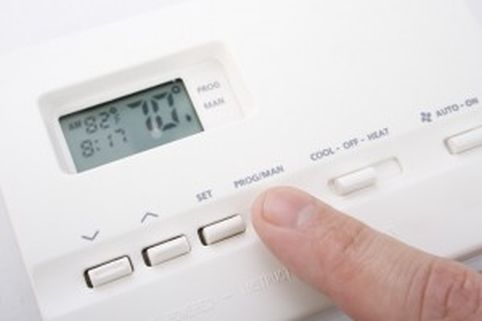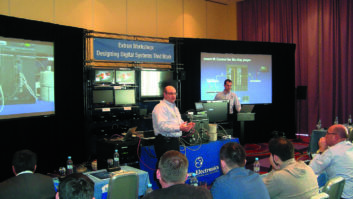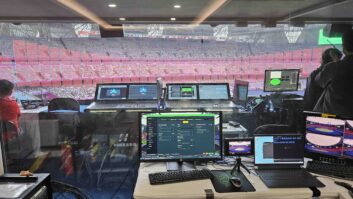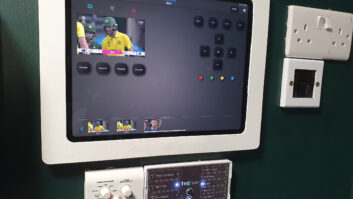
Study finds householders’ desire to save energy is being thwarted by systems that are difficult to use.
Government funded research has found that households are being prevented from saving energy by the complexity of operating smart heating controls.
The report, Usability Testing of Smarter Heating Controls, showed that difficulty in using current space heating controls “may present a barrier to people who wish to save energy”. It adds that complex controls may pose “a substantive motivational barrier to the uptake of energy saving behaviour” even if they are installed in a person’s home.
The study, commissioned by the Department of Energy and Climate Change, reports on usability testing of five currently available smart heating control systems in a simulated home environment with 72 participants. Results, presented anonymously in the report, show that none of the systems met the benchmarks for effectiveness (completion of tasks), satisfaction (ease of completing tasks) or the industry standard subjective assessment for how easy the controls were to use overall.
Three of the systems met the benchmark for efficiency (how long users spent attempting the tasks) indicating that users could complete tasks within a reasonable or desirable time for a number of controls.
The research highlights a number of barriers to the use of controls:
Complex setup of schedules – initial set up of the controls required multiple steps and did not always clearly indicate necessary steps to participants
Lack of error prevention – several controls allowed users to enter non-valid times and dates when specifying heating schedules, or to edit the schedule without being prompted to save changes
Iconography, labelling and information architecture – icons and text labels were frequently unclear, while the menus structure often made it difficult for users to identify the correct action to take
Affordances and interaction metaphors – the visual design of some interface elements made it difficult for users to understand their function or how to correctly interact with them
Difficulty identifying a system state – participants were often unable to identify the current state of the heating control, including whether the control was on, the timers were on, or the heating itself was on. It was not clear with some controls how continuous heating mode interacted with timers and any thermostatic controls
Lack of confirmatory feedback – several of the controls did not provide adequate feedback or reassurance to users that their commands had been registered or applied.

An analysis of participant demographics showed that younger users were better able to perform “significantly” more tasks successfully. Researchers felt this could be down to both younger participants’ confidence with technology and reduced visual acuity and manual dexterity in older users.
The report, which concludes that “there is a need for innovation around the usability of controls to address the current barriers to use”, can be downloaded here.






